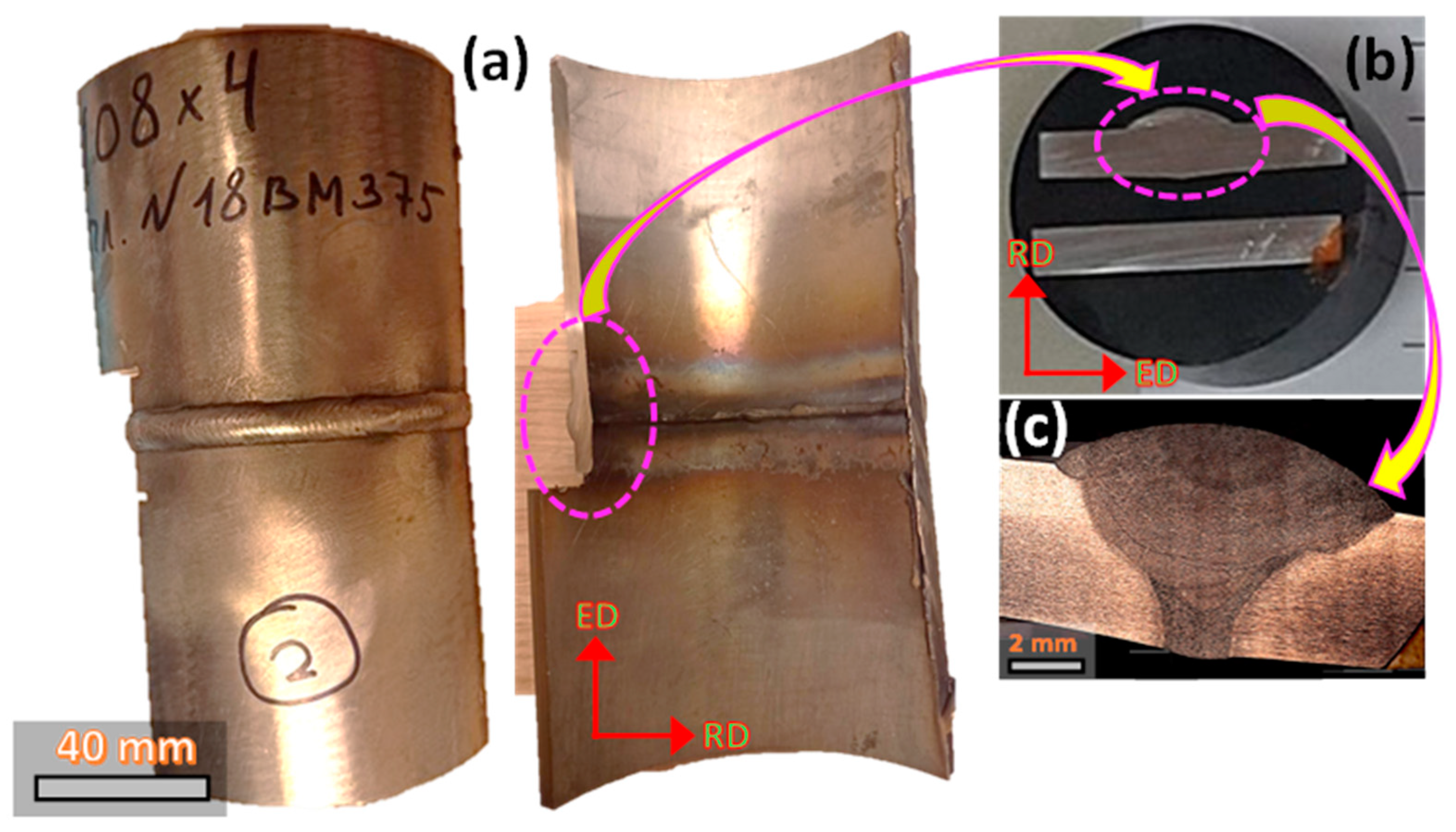Girth welds connect pipes around their circumference; seam welds join material edges along its length. Girth welding is crucial for circular structures, while seam welding is common in flat sheets.
Girth welds and seam welds are essential techniques used in the joining of metals. Girth welds are typically found in pipeline construction and repair, crucially providing the integrity needed for the pipe’s circular shape. Contrastingly, seam welds are prominent in the fabrication of tanks, boilers, and various metal containers, ensuring a continuous weld along the material’s length.
Both techniques require skilled execution and are critical to the durability and safety of the welded structures. With the advancement of technology, these welding processes have become more precise, allowing for stronger and more reliable joins in various industries, from manufacturing to construction. As such, understanding the difference and application of girth and seam welds is vital for professionals within the welding and fabrication sectors.

Credit: www.researchgate.net
Girth Weld Vs Seam Weld
When joining metal pieces, weld joints are critical. Two common types are girth welds and seam welds. They are for different uses and shapes. This post digs deep into these welds.
Definition And Application
Girth welds join pipes in a circular fashion. Seam welds, join materials along a length. These welds have distinct applications.
- Girth Weld: Used in pipeline construction and repair.
- Seam Weld: Found in automotive exhausts, gas tanks.
Characteristic Differences
Let’s outline the differences:
| Girth Weld | Seam Weld |
|---|---|
| Circular welds around pipes | Linear welds along seams |
| Handles pipe stress | Creates long, continuous joints |
Advantages And Disadvantages
Understanding pros and cons is key. Girth welds offer strength in circular joins, but are time-consuming. Seam welds provide speed but can be weaker over long distances.
Quality And Inspection
Quality checks for both weld types are rigorous.
- Girth welds need x-rays/ultrasound to test.
- Seam welds use eddy current or magnetic testing.
Best Practices
Experts suggest precise techniques to ensure weld integrity.
- Proper alignment: Ensures strength and effectiveness.
- Consistent pressure: Avoids weak points in welds.
- Regular testing: Detects issues early.

Credit: www.mdpi.com

Credit: www.mdpi.com
Frequently Asked Questions Of Girth Weld Vs Seam Weld
What Is Girth Welding?
Girth welding is the process of joining two metal pieces at their circumference through fusion, often used in pipeline and tank construction.
What Is The Difference Between A Girth Weld And A Longitudinal Weld?
A girth weld joins two pipes around their circumference, while a longitudinal weld runs along the pipe’s length, connecting the edges of the steel plate rolled into a cylindrical shape.
What Is A Seam Weld?
A seam weld is a continuous weld that fuses materials along a seam using heat or pressure, commonly used in pipes and tubes manufacturing.
What Is A Girth Seam?
A girth seam is a horizontal welding line joining the ends of metal plates in the construction of cylindrical structures, such as tanks or pipes.
Conclusion
Understanding the distinction between girth and seam welding sets a clear path for selecting the proper technique for your next project. Each method offers specific benefits tailored to job requirements, ensuring the integrity and strength of your welds. Embrace the knowledge shared here to make informed decisions that lead to successful and durable welded structures.